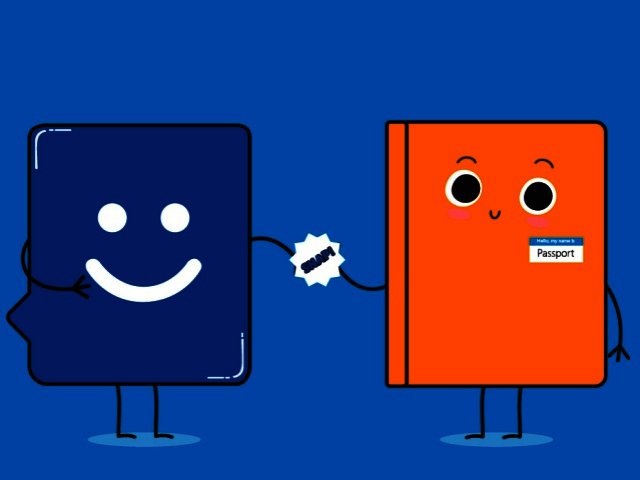The free Windows 10 upgrade came to an end on 29 July, exactly one year after the operating system (OS) first became available to consumers. This means that as of now, users will have to buy the full OS from the various retailers across the country.
Windows 10 has seen the highest customer satisfaction of any version of Windows, resulting in it becoming one of the largest online services in less than a year. More than 350 million users in homes, SMEs, schools, and corporations around the globe already enjoy the many benefits that Windows 10 has to offer. This popularity means will make the OS a target of hackers and cybercriminals, aiming to steal user or corporate data amongst other nefarious goals.
Cybercrime continues to be a growing global and local concern as new technologies such as mobile apps and increasingly accessible and faster Wi-Fi spots taking the hassle out of chores like banking. However, these modern productivity enablers also carry certain risks. Windows 10 has been designed to protect users and businesses against known and emerging security threats across the spectrum of hackers, scammers and cyber criminals.
The top three broad security feature categories of Windows 10 include:
1. Identity and access control – Expanded features such as Windows Hello and Microsoft Passport is simplifying and enhancing the security of user authentication. Features such as these help users better protect their identities through easy-to-deploy and easy-to-use multifactor authentication. Microsoft Passport for instance, provides strong two-factor authentication, fully integrated into Windows, and replaces passwords with the combination of an enrolled device and either a PIN or Windows Hello (fingerprint or facial recognition authentication).
2. Information protection - In addition to BitLocker and BitLocker To Go for protection of data, Windows 10 includes file-level encryption with Enterprise Data Protection that performs data separation and containment and, when combined with Rights Management services, can keep data encrypted when it leaves the corporate network. Windows 10 can also help keep data secure by using virtual private networks (VPNs) and Internet Protocol Security.
3. Malware resistance – Windows 10 can isolate critical system and security components from threats. Several new features in Windows 10 help reduce the threat of malware including Device Guard, Microsoft Edge, and an entirely new version of Windows Defender. Additionally, many of Windows 8.1’s excellent antimalware features like AppContainers for application sandboxing and numerous boot-protection features, such as Trusted Boot, have been carried forward and improved in Windows 10.
Cyber-attacks have become more common and more advanced. Microsoft specifically designed Windows 10 to address modern threats and tactics from the most advanced adversaries, helping to ensure that your organisation keeps its IT assets protected and corporate as well as user data secure.





